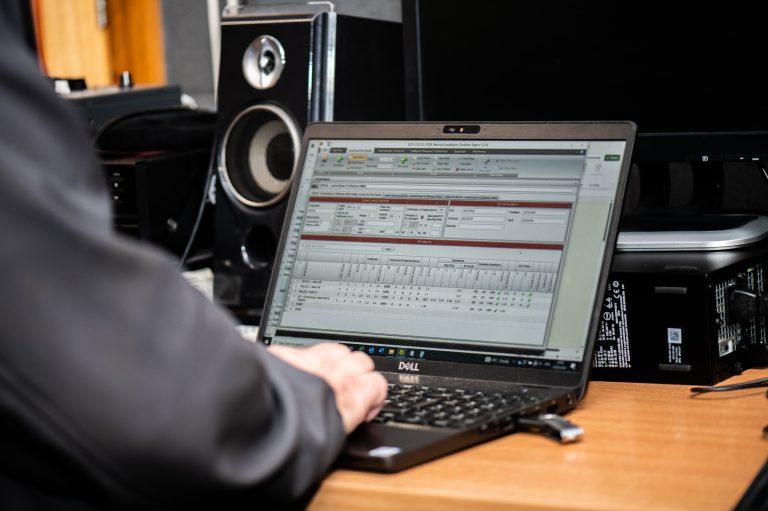Since you last carried out your Fixed Wire Testing the law has changed, Amendment 3 to the 17th Edition IET Wiring Regulations BS 7671 now states that the FI observation code renders the report unsatisfactory and therefore a fail.
Got questions about Fixed Wire Testing? Speak to the team
Your Electrical Installation Condition Report (EICR) forms an important part of any preventative maintenance programme and ensures that you are compliant. This type of electrical testing is mandatory in line with the Electricity at Work Regulations.
How has the law changed?
Since July 2015 Amendment 3 to BS7671 means the law has changed and your EICR could also be classed as unsatisfactory if the fault code FI is reported.
The IET Wiring Matters 54 – Special Edition, 2015 states the following on the changes:
“Note 9 of the notes for the person producing the report has been revised with regard to where the inspection has revealed an apparent deficiency that could not be fully identified due to the extent or limitations of the inspection. The note points out that if a further investigation may reveal that the deficiency warrants the award of classification code C1 (Danger present) or C2 (Potentially dangerous), a recommendation of further investigation required (Code FI) should be recorded at Section K (Observations). It should be appreciated, however, that an FI classification should not be recorded if the investigation could only be expected to lead, at worst, to the award of C3 classification (Improvement recommended) in relation to the observation.”
To summarise this – if an engineer thinks there is a fault that might potentially be dangerous but can’t fully identify it, for example a lighting circuit which keeps tripping but they can’t find why during testing then this is a prime candidate for Further Investigation (code FI) without delay. If a circuit is operating fine but they can’t find all the sockets on a circuit, this is not a cause for Further Investigation, it’s likely to be an observation code C3 (Improvement Recommended) which doesn’t render the report unsatisfactory.
What does C1 mean?
A Code 1 (C1) observation means ‘Danger present. Risk of injury. Immediate remedial action required.’ It is an immediate threat and should be rectified or made safe as soon as possible. An example of a C1 defect would be accessible live conductors due to damage, poorly modified enclosures or removed maintenance panels. Incorrect polarity would also attract a code C1 as it may allow conductive parts, not normally expected to be live, to become live.
What does C2 mean?
A Code 2 (C2) is a potentially dangerous defect, these might be things that don’t pose an immediate threat but are likely to become a danger in the future. A C2 is described as ‘Potentially dangerous – urgent remedial action required.’ Codes C1 and C2 attract unsatisfactory report findings and you’ll have to have these defects rectified in order to prove compliance.
To find out more about your EICR and observation codes speak to one of our team.




